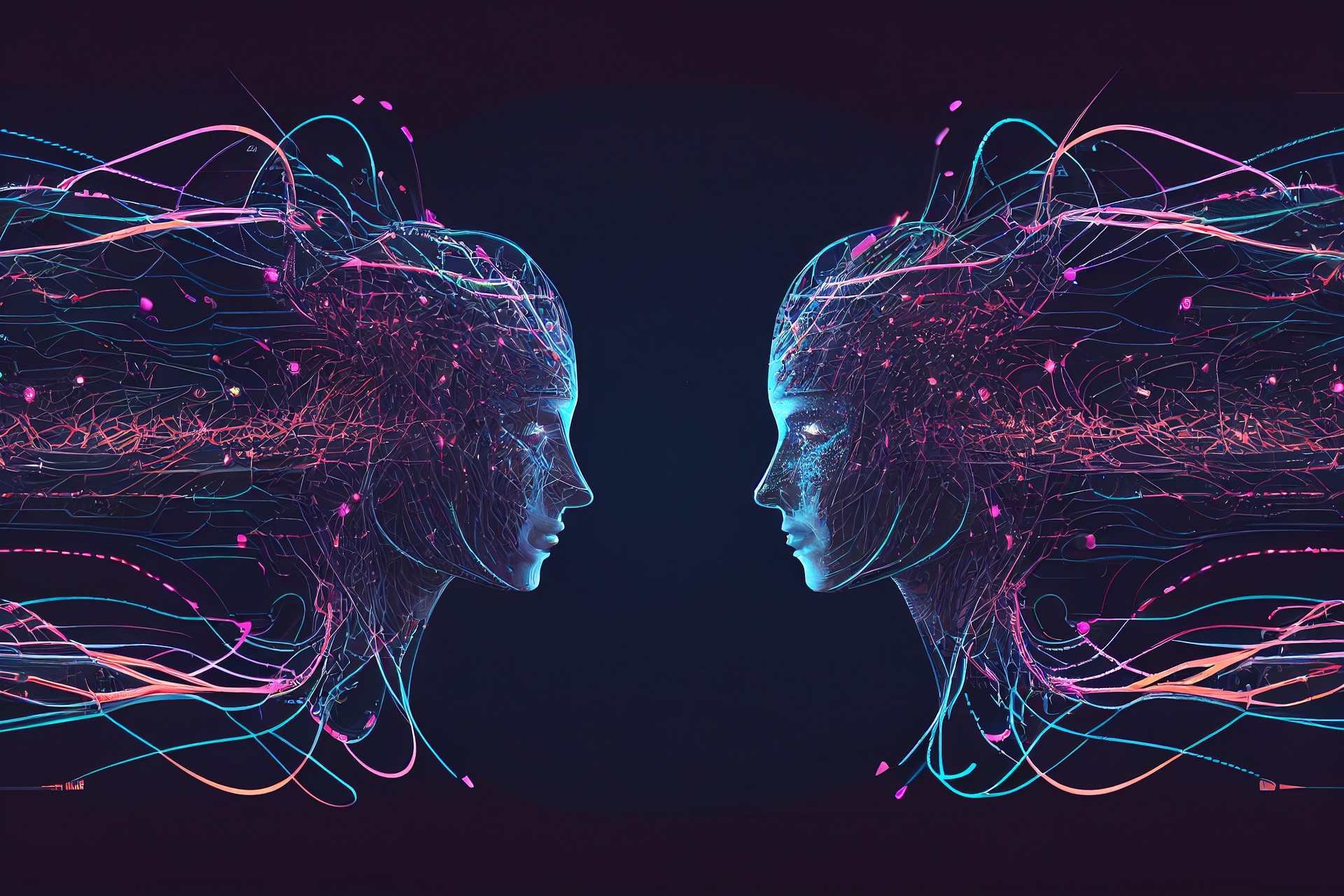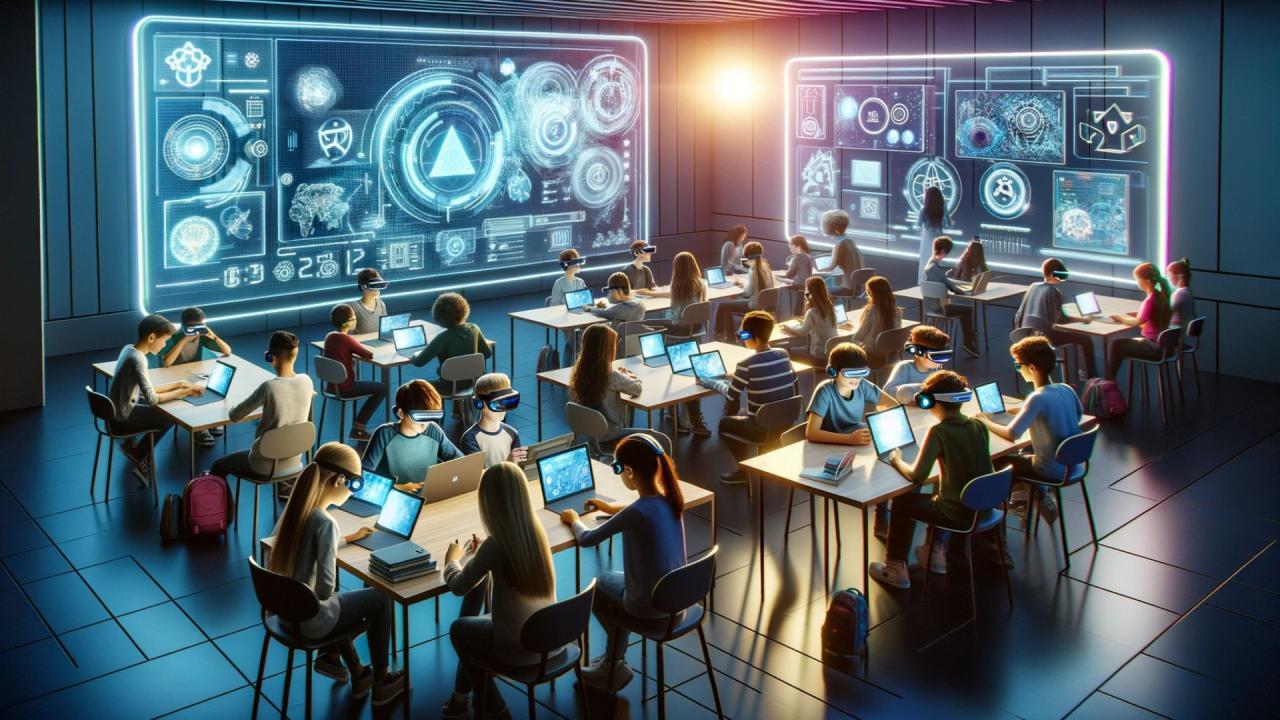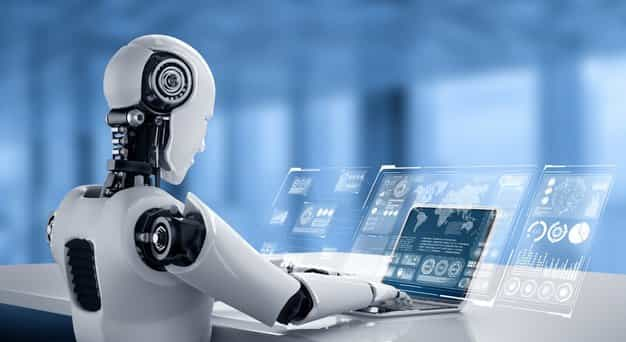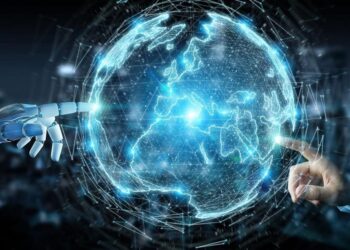 The Dawn of Next-Gen AI: More Than Just a Buzzword
The Dawn of Next-Gen AI: More Than Just a Buzzword
The landscape of technology is perpetually shifting, but few shifts have been as profound, or as fast, as the recent ascent of Next-Gen Artificial Intelligence (AI). This isn’t the AI of science fiction movie tropes—a distant, fully self-aware entity. Instead, it’s a suite of sophisticated, interconnected technologies that are already woven into the fabric of our daily lives, transforming industries, redefining work, and fundamentally changing how we interact with information. For anyone looking to understand the future—or simply stay competitive in the present—grasping the scope and implications of this new AI era is no longer optional.
This article delves deep into what defines Next-Gen AI, how it differs from its predecessors, its current real-world applications, the underlying technologies fueling its rapid growth, and the crucial steps individuals and businesses must take to thrive in this new reality. We’ll explore the key trends, the challenges, and the immense opportunities that lie ahead, ensuring you have a comprehensive understanding of this pivotal technological evolution.
What Distinguishes Next-Gen AI?
To truly appreciate the current revolution, one must first understand what sets Next-Gen AI apart from the earlier iterations of machine learning and classical AI systems. The distinction is primarily rooted in three core pillars: Scale, Adaptability, and Generative Power.
A. Massive Scale and Foundation Models
The previous generation of AI often involved training highly specialized models for a single task—a system to classify images of cats, for instance, or one to predict stock prices. Next-Gen AI is dominated by Foundation Models (also known as large-scale pre-trained models). These models, such as the various iterations of GPT, Llama, or Claude, are trained on colossal, diverse datasets spanning nearly the entire public internet.
- Vast Data Inputs: They ingest petabytes of text, code, images, audio, and more, allowing them to develop a broad, generalized understanding of the world.
- Generalized Intelligence: This vast training enables the models to perform hundreds of tasks without specific, dedicated retraining for each one. They can summarize text, write code, translate languages, answer complex questions, and even generate creative content—all from the same foundational architecture. This scalability is a monumental leap.
B. Enhanced Adaptability and Few-Shot Learning
Older AI required thousands, if not millions, of labeled examples to learn a new task—a process known as supervised learning. If you wanted it to identify a new type of disease on an X-ray, you needed to feed it thousands of X-rays labeled with that disease.
Next-Gen AI exhibits remarkable Few-Shot or even Zero-Shot Learning capabilities.
- Zero-Shot Learning: The model can perform a task it was never explicitly trained for based on its generalized knowledge. For example, a language model can translate an obscure language pair it has rarely seen by leveraging its deep understanding of linguistic structure.
- Few-Shot Learning: It requires only a handful of examples (sometimes as few as 1-5) to quickly adapt and master a new task. This dramatically reduces the time, cost, and data required to deploy new AI applications, democratizing access to powerful AI capabilities.
C. The Power of Generative AI
Perhaps the most visible and transformative feature of this new era is Generative AI. While older AI was primarily analytical (classifying, predicting, diagnosing), Next-Gen AI is fundamentally creative.
- Synthesizing New Data: Generative models can produce entirely new, coherent, and contextually relevant outputs, including photorealistic images (from systems like Midjourney or Stable Diffusion), complex code, fluent human-like text, and even original music.
- A Shift from Analysis to Creation: This capability shifts AI’s role from a tool for sifting through existing data to a powerful partner in the creative and productive process. It’s the engine driving massive productivity gains across sectors.
The Technologies Driving the Revolution
The exponential growth of Next-Gen AI wouldn’t be possible without concurrent breakthroughs in several underlying technological fields. These are the engines that keep the foundation models running and adapting.
A. Transformer Architecture
The core innovation that powers nearly all modern large language models (LLMs) is the Transformer Architecture, introduced in a seminal 2017 paper by Google researchers.
- Self-Attention Mechanism: The Transformer’s key feature is the self-attention mechanism, which allows the model to weigh the importance of different words in an input sequence relative to each other. For example, when reading the sentence, “The bank was slippery, so I sat on the bank,” the model can “pay attention” to the context to correctly interpret that the first ‘bank’ is a riverbank and the second is a bench.
- Parallel Processing: Crucially, the architecture enables massive parallel processing of data, a stark contrast to the sequential processing of older Recurrent Neural Networks (RNNs). This parallelization is what makes training on petabytes of data feasible in a reasonable timeframe.
B. Advanced Hardware: GPUs and TPUs
Training and running foundation models requires staggering computational power. The specialized hardware designed for complex matrix multiplication is the backbone of this power.
- Graphics Processing Units (GPUs): Initially designed for video game rendering, GPUs are highly effective at the parallel computations needed for deep learning. They remain the workhorse of AI research and deployment.
- Tensor Processing Units (TPUs): Developed by Google specifically for machine learning, TPUs are even more optimized for the mathematical operations inherent in neural networks, offering superior performance and energy efficiency for large-scale training.
C. Reinforcement Learning from Human Feedback (RLHF)
While vast data training creates a generalized model, it doesn’t necessarily create a helpful or safe one. Reinforcement Learning from Human Feedback (RLHF) is the critical final step in aligning powerful models with human values, instructions, and safety protocols.
- Human Rating Data: Human reviewers provide qualitative ratings on different model outputs (e.g., which answer is more helpful, less toxic, or better follows instructions).
- Reward Model: This human feedback is used to train a separate “Reward Model,” which learns what constitutes a ‘good’ or ‘bad’ response.
- Fine-Tuning: The main foundational model is then fine-tuned using reinforcement learning to maximize the score given by the Reward Model. This process is essential for creating models that are not only intelligent but also practically useful and safe for public deployment.
Real-World Applications Already In Place
The notion that Next-Gen AI is a future concept is a misconception. Its influence is already pervasive, driving measurable outcomes across nearly every major sector.
A. Business Operations and Productivity
The most immediate impact is the dramatic overhaul of knowledge work and core business processes.
- Automated Content Generation: Marketing departments use LLMs to draft emails, ad copy, social media posts, and even entire blog outlines, increasing content output by orders of magnitude.
- Enhanced Customer Service: Advanced AI chatbots and virtual agents now handle complex, multi-turn conversations, resolving a higher percentage of customer issues without human intervention, leading to 24/7, high-quality support.
- Code Generation and Debugging: Software developers leverage AI assistants (like GitHub Copilot) to autocomplete code, suggest functions, and even debug complex issues, significantly accelerating the development cycle and reducing errors.
B. Healthcare and Scientific Discovery
AI is accelerating the notoriously slow and expensive processes of medical research and diagnostics.
- Drug Discovery: Generative AI can propose novel molecular structures for new drug candidates and simulate their interactions with human proteins, drastically shortening the pre-clinical research phase.
- Personalized Medicine: AI models analyze massive datasets of patient genomes, electronic health records, and lifestyle factors to predict disease risk and recommend treatment plans tailored to an individual’s unique biology.
- Medical Imaging Analysis: Highly accurate computer vision models detect subtle patterns in X-rays, MRIs, and CT scans that a human eye might miss, improving the early detection of cancers and other diseases.
C. Financial Services and Risk Management
In the high-stakes world of finance, Next-Gen AI provides unprecedented tools for efficiency and security.
- Fraud Detection: Advanced deep learning models analyze real-time transaction data with greater complexity than traditional rule-based systems, identifying sophisticated, evolving fraud schemes with higher precision and fewer false positives.
- Algorithmic Trading: AI optimizes trading strategies by analyzing vast quantities of market news, social media sentiment, and historical data, making split-second decisions to capitalize on micro-fluctuations.
- Regulatory Compliance: LLMs are used to instantly analyze, categorize, and summarize complex, lengthy financial regulations, helping institutions ensure compliance and flag potential risks in internal documents.
Navigating the Challenges and Ethical Landscape
The immense power of Next-Gen AI is accompanied by significant ethical dilemmas and practical hurdles that must be addressed responsibly. The challenge lies in harnessing the technology’s benefits while mitigating its considerable risks.
A. The Black Box Problem and Explainability
Many foundation models operate as “black boxes.” Their sheer size and complexity make it difficult, sometimes impossible, for humans to trace the precise reasoning behind a specific output or decision.
- Lack of Trust: In critical fields like medicine, law, or finance, the inability to explain why an AI made a decision (e.g., denying a loan or suggesting a diagnosis) erodes trust and hinders accountability.
- Need for XAI (Explainable AI): The industry is actively researching Explainable AI (XAI) techniques to provide clarity, but it remains a significant area of development. Regulations will increasingly demand transparency in high-stakes AI applications.
B. Bias, Fairness, and Data Poisoning
AI models are only as unbiased as the data they are trained on. Since foundation models ingest data reflecting historical human biases (e.g., societal, racial, gender, geographical), they can perpetuate and even amplify these biases in their outputs.
- Unfair Outcomes: Biased models can lead to discriminatory hiring practices, skewed loan approvals, or unfair criminal justice outcomes.
- Data Quality Control: Ensuring the vast, multi-sourced training data is clean, diverse, and ethically sourced is a gargantuan, ongoing task. Furthermore, the risk of malicious data poisoning, where bad actors intentionally inject flawed data to corrupt a model, is a growing security concern.
C. The Economic Impact and The Future of Work
The unparalleled efficiency of Generative AI poses fundamental questions about the nature of work and the job market.
- Job Displacement: While AI creates new jobs (e.g., prompt engineering, AI governance), it also automates tasks previously performed by human knowledge workers (e.g., copywriters, paralegals, customer service representatives).
- Skill Shift: The focus shifts from executing routine tasks to managing, guiding, and refining AI systems. Prompt Engineering—the art of giving AI the right instructions—is becoming a critical new skill set.
 Preparing for an AI-Powered Future
Preparing for an AI-Powered Future
Successfully navigating this new era requires a proactive approach, both for individuals seeking to maintain career relevance and for businesses aiming for sustained growth.
A. Embrace AI Augmentation, Not Replacement
The immediate reality is that AI will augment human capabilities more often than it will replace humans entirely. The competitive edge belongs to those who learn to work seamlessly with AI.
- The Centaur Model: Adopt the Centaur Model, where a human (the knowledge and judgment) and an AI (the speed and processing power) collaborate. A writer augmented by an LLM is vastly more productive than a writer or an LLM alone.
- Focus on Uniquely Human Skills: Double down on skills that AI struggles with: complex ethical reasoning, deep empathy, innovative interdisciplinary problem-solving, and managing human teams.
B. Establish AI Governance and Ethics Frameworks
Businesses must treat AI deployment with the same rigor as financial or regulatory compliance.
- Internal Policies: Develop clear internal guidelines for the ethical use of AI, including transparency rules and policies for identifying and mitigating bias.
- Risk Audits: Implement regular audits of AI systems to monitor for unintended consequences, security vulnerabilities, and adherence to evolving governmental regulations regarding data privacy and model fairness.
C. Prioritize Continuous Learning and Reskilling
The lifespan of a technical skill is shortening rapidly. A commitment to lifelong learning is paramount.
- Literacy in AI Tools: Ensure employees, from the executive suite down, are proficient in interacting with and leveraging Next-Gen AI tools relevant to their roles.
- Upskilling in Data and Prompt Engineering: Invest in training programs focused on understanding data pipelines, the limitations of models, and the advanced techniques for extracting optimal results from Generative AI. This is a critical investment for future competitiveness.
Conclusion: The Present is Next-Gen
Next-Gen AI is not a theoretical concept waiting in the wings; it is already here, reshaping industries from finance to healthcare, and from software development to creative arts. Defined by massive scale, unprecedented adaptability, and creative Generative power, these technologies are unlocking new levels of productivity and scientific discovery. While the challenges—ethical bias, the black box problem, and economic disruption—are real and require careful governance, the trajectory is clear. The organizations and individuals who prioritize understanding, adopting, and ethically guiding these powerful tools will be the ones who define the successes of the next decade. The time to adapt is now, making strategic choices today that will secure relevance in a future indelibly shaped by intelligent machines.












